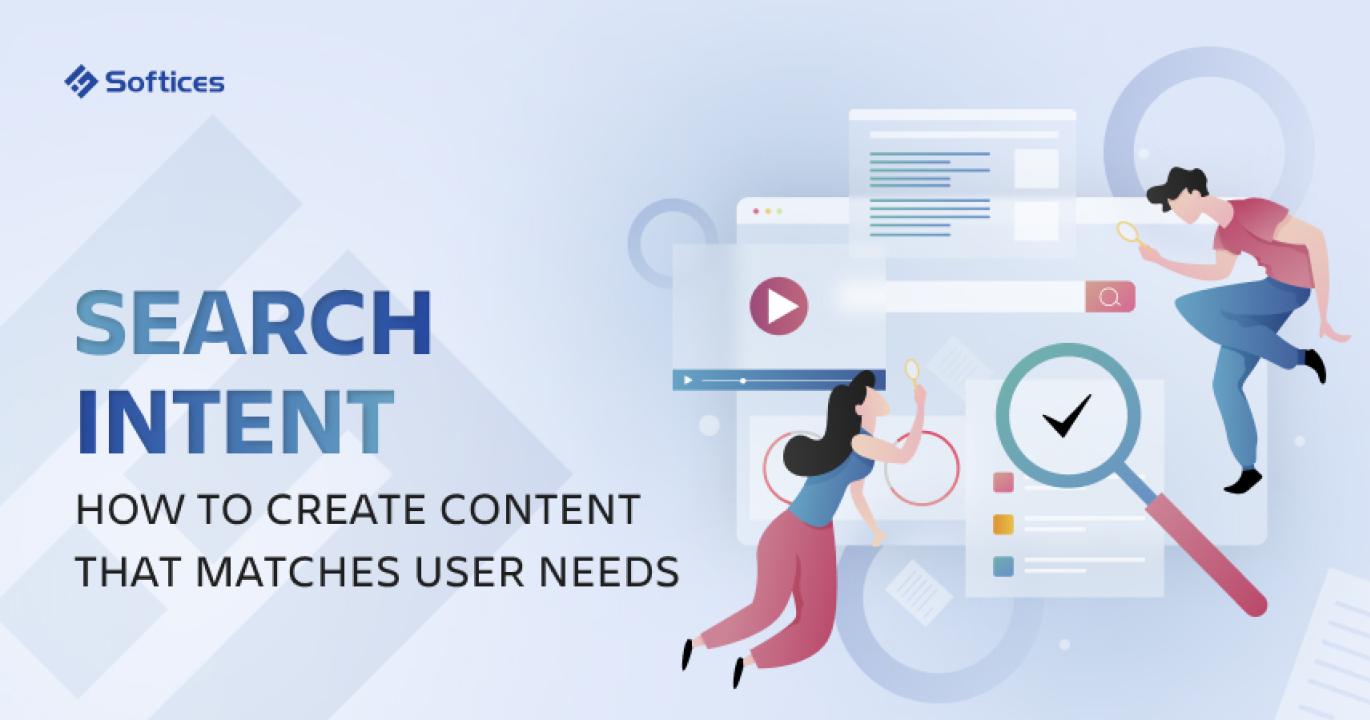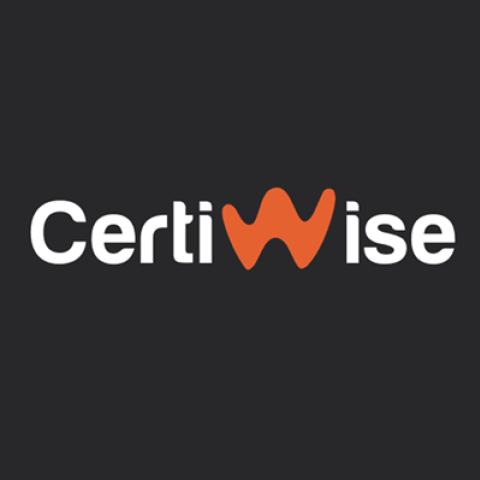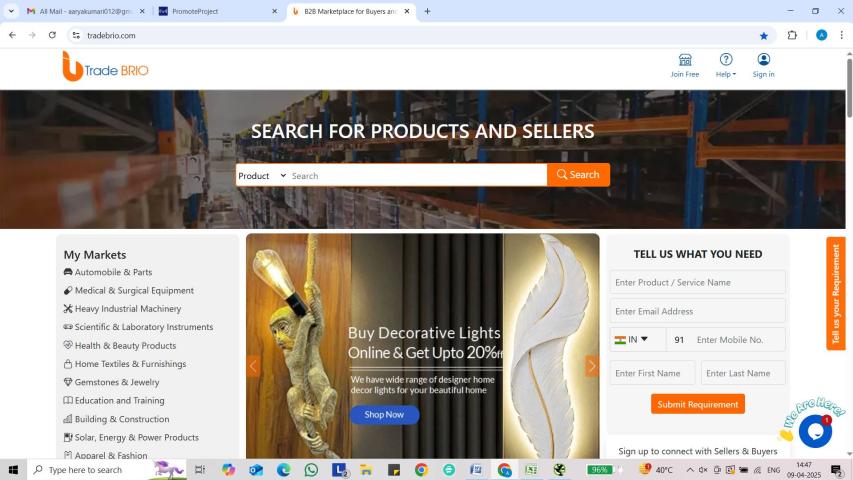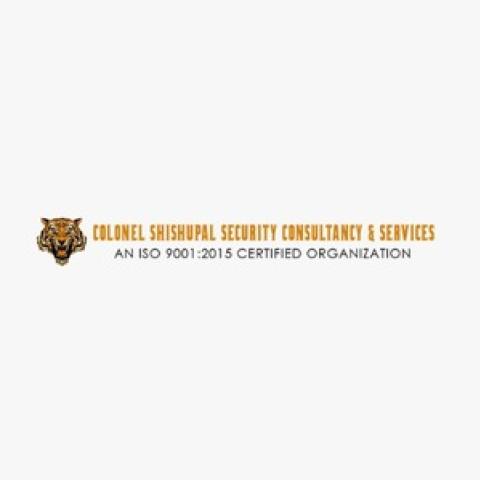Ever searched for a quick home workout routine but ended up reading about the history of fitness? That’s what happens when content doesn’t align with search intent. Understanding why people search is as crucial as what they search for. If your content doesn’t meet user intent, it may attract traffic but won’t convert visitors into engaged users or customers.
What Is Search Intent?
Search intent is the reason behind a user’s query. Tailoring content to match this intent ensures better engagement and higher rankings. For example, someone searching for “best budget laptops for students” wants recommendations, while “quick 15-minute workout” calls for a step-by-step exercise routine.
Types of Search Intent
Informational Intent – Users seek answers (e.g., “how to improve sleep quality”).
Navigational Intent – Users look for specific sites (e.g., “Nike official website”).
Transactional Intent – Users are ready to take action (e.g., “order wireless earbuds online”).
Commercial Investigation – Users compare options before buying (e.g., “top smartphones under $500”).
Why Aligning Content with Search Intent Matters
Higher Rankings & Visibility: Search engines prioritize content that satisfies search intent.
Better Engagement: When users find relevant content, they stay longer and interact more.
Quality Traffic & Leads: Intent-driven content attracts the right audience, leading to better conversions.
How to Optimize Content for Search Intent
1. Use SEO Tools
Tools like Google Keyword Planner and SEMrush help analyze user queries.
2. Create User-Focused Content
Solve problems with detailed guides, comparisons, and how-to articles.
3. Follow the Three Cs of Search Intent:
Content Type – Determine whether the topic needs a blog, product page, or video.
Content Format – Use listicles, step-by-steps, or reviews as needed.
Content Angle – Address users’ expectations, whether beginner-friendly or expert insights.
4. Cover All Relevant Subtopics
Provide a complete resource that answers all related queries.
5. Keep Content Fresh
Regularly update pages to stay relevant, especially for trending topics.
6. Use Visuals
Images, videos, and infographics improve engagement.
7. Optimize for SERP Features
Structured content increases chances of appearing in featured snippets and “People Also Ask.”
8. Improve Meta Titles & Descriptions
Catchy, keyword-rich metadata boosts click-through rates.
9. Ensure Mobile Optimization
A mobile-friendly site improves rankings and user experience.
10. Leverage Voice & Semantic Search
Optimize for natural language queries and contextual relevance.
Aligning content with user intent ensures your business reaches the right audience, builds trust, and drives meaningful results.
Source: Search Intent Optimization

















